Bicycle, Pedestrian and New Mobility Counts
Analyze and monitor the evolution of active mobility
Measuring the number of bicycles, pedestrians, and motorized personal mobility devices (MPMDs) is essential to understanding and managing soft mobility flows in urban environments.
Planning pedestrian and cycling infrastructure, improving user safety, assessing public policies such as downtown pedestrianization, or analyzing bike-sharing systems: understanding flows enables adjustment of supply and effective response to demand by reallocating resources based on high-traffic areas.
Active Mode Counting
Soft mobility counts measure and quantify flows of pedestrians, bicycles, and other personal mobility devices, motorized or not (PMDs and MPMDs).
The frequency and duration of the survey can be adjusted from a few hours to several weeks to obtain reliable and representative measurements
(hourly and daily averages, identification of peak days and times, analysis of specific periods: weekends, holidays…)
Counts can also be permanent with monitoring systems.
The results report delivered to the client is available in PDF and map format.
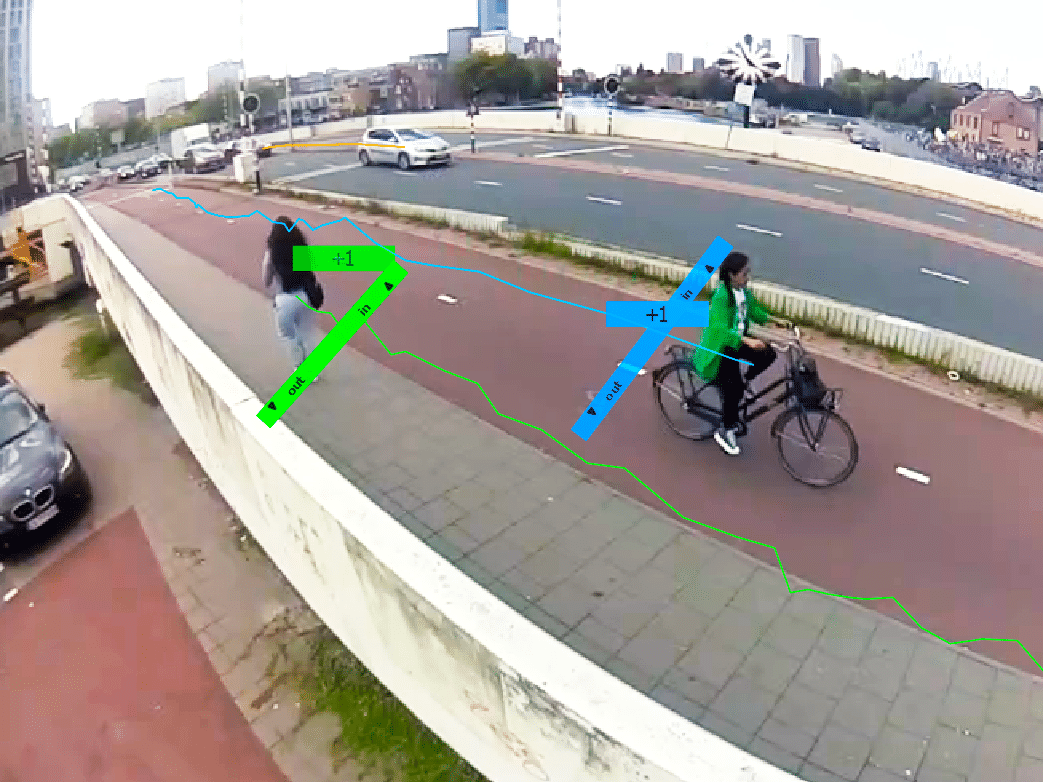
Automated Counting
Counting soft mobility using video capture and data processing by artificial intelligence (link to minUi page) is an advanced, accurate, and cost-effective method for analyzing active mobility flows.
AI automatically converts video footage into mobility statistics. It distinguishes and classifies various user types such as bicycles, pedestrians, and scooters by recognizing the silhouette of each mode in the image.
Beyond directional counting, this method also measures speed, behaviors, and specific classifications (e.g., cargo bikes, strollers, PRMs…). It adapts to all contexts: mixed-use lanes, shared spaces, dedicated lanes, urban environments…
References
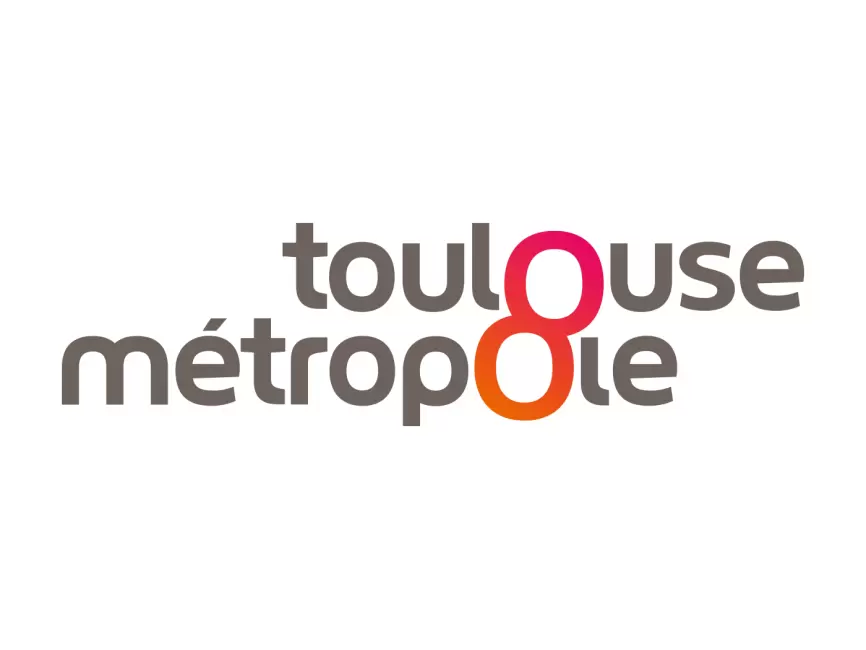
Active Mode Countins
Soft mode counts by camera. Differentiation of bicycles, pedestrians, and personal mobility devices. 181 cameras deployed. Data processed with minUi AI.
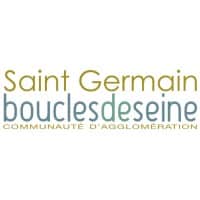
Bicycle Observatory
Bicycle counts over several years across the Seine Loop (78) urban area.
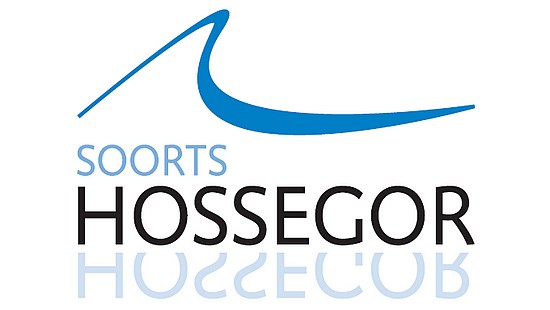
Beach Pedestrian Counts
Pedestrian counts by camera at 14 access points to Hossegor beaches, from 8am to 8pm.
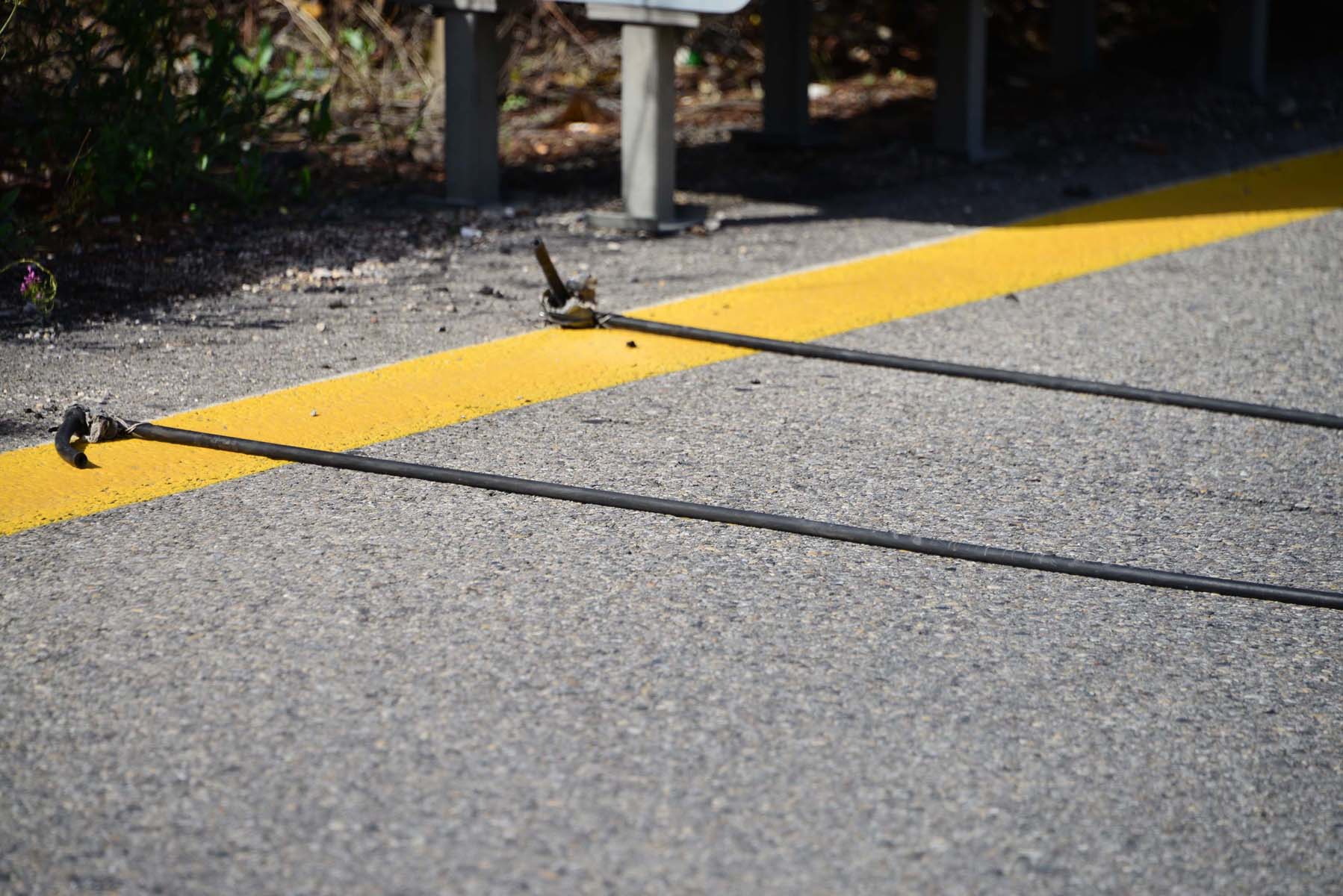
Automated Counting by tube
Tube-based counting for bicycle traffic is especially useful on dedicated lanes. Positioned across the bike lane, a bicycle passing compresses the air inside the tube, generating an impulse recorded by a connected counter.
This technology is low-cost and can be quickly implemented for studies of varying durations. However, it is not suitable for pedestrian or other MPMD counts.
References

7-day Bicycle Count
Automatic bicycle count by tube: 89 counters deployed.

6-month Bicycle Count
Bicycle count by tube on cycle lanes in 3 cities: Bagneux, Sceaux, Clamart.
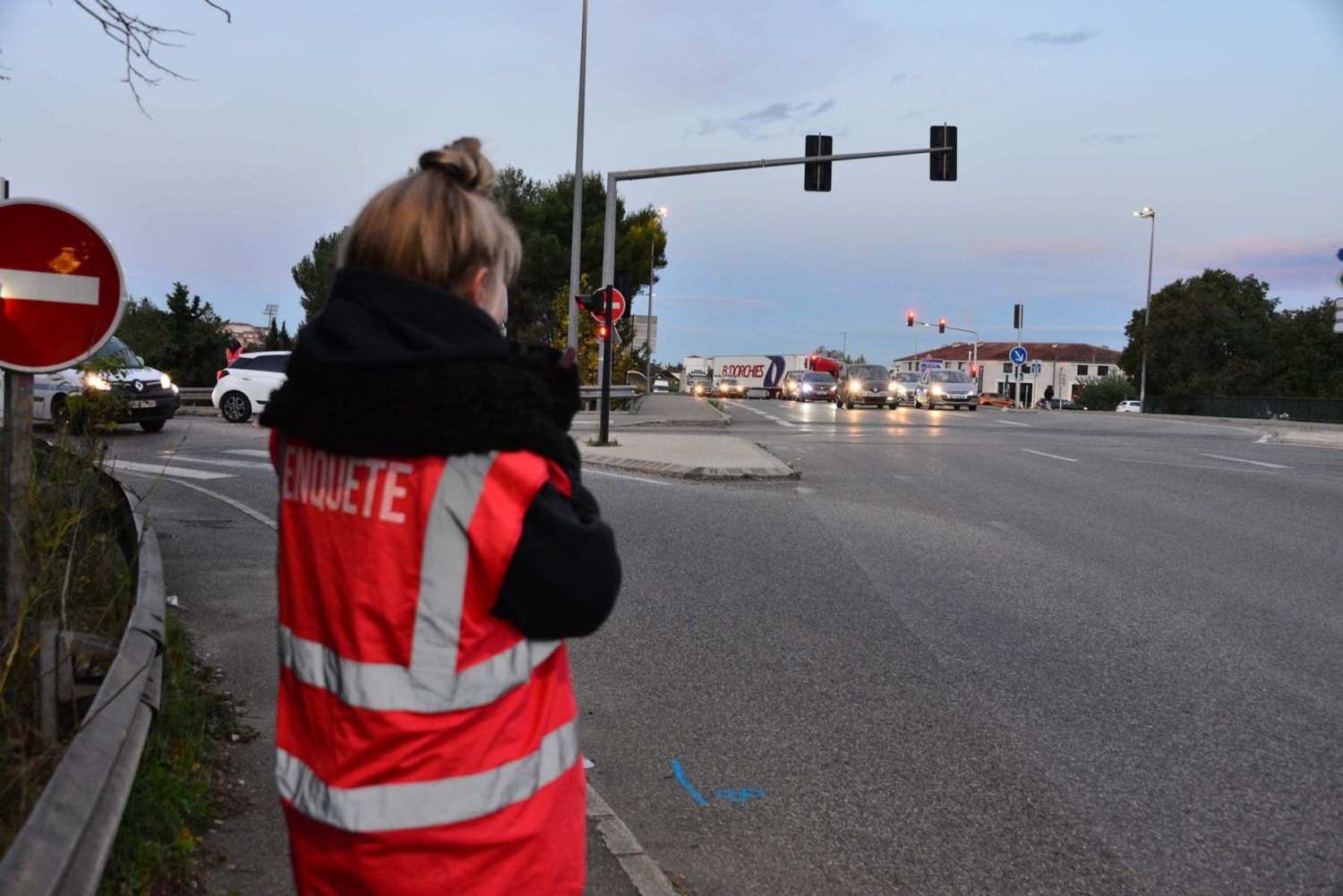
Manual Counts
Manual active mobility counts involve deploying field surveyors to directly record the number of cyclists, pedestrians, and personal mobility users passing a given point. Surveyors, often stationed at strategic intersections, crosswalks, or cycle paths, record the passage of each user type.
This method allows collection of additional details, such as gender and approximate age. It is particularly useful for short-term studies or contexts where automated technologies cannot be deployed. However, it is limited by human capacity and may be prone to counting errors observational bias
References
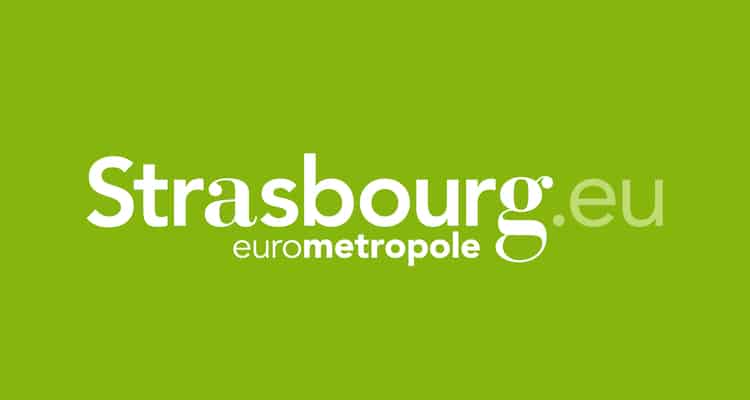
Christmas Market Count
Pedestrian footfall measurement during Strasbourg’s Christmas market.

Pedestrian and Cyclist Count
Manual and directional count of pedestrians and cyclists over 2x2h at a junction in Corbeil-Essonnes.

Pedestrian / Bicycle Count
Manual soft mode count across 7 stations for 12 hours in Angers.
Do you have a bicycle, pedestrian or new mobility counting project?
Contact us to learn about data collection methods and receive a quote.
Our team is here for you

Olivier
Production Director
Experienced in all field data collection methods, he oversees all production activities and client relations up to the delivery of results.


